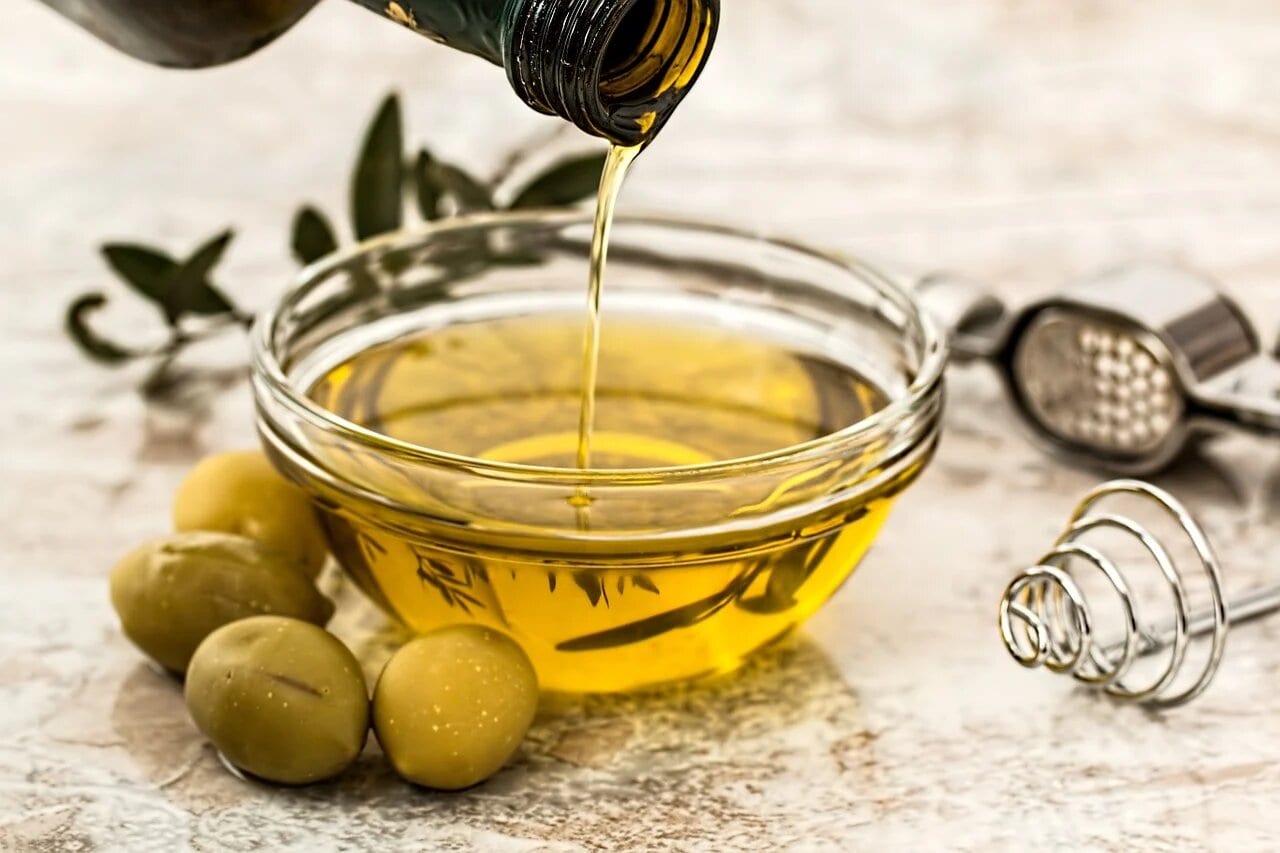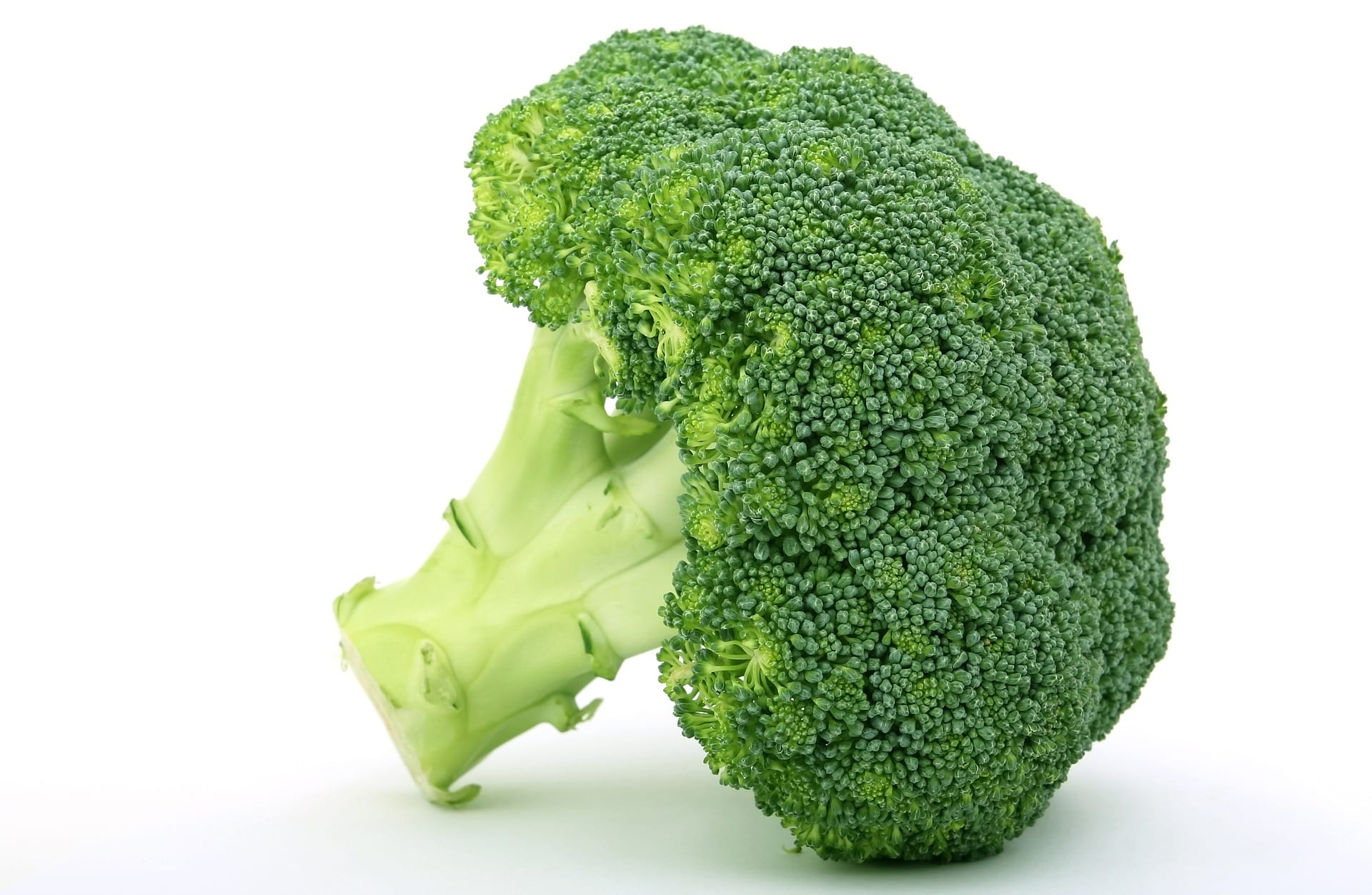You've surely heard of the omega 3 and even of 6. However, how many omega fats are there? Do you have to keep a equilibrium between them so as not to harm the organism? We explain it to you below.
What is omega 3?
Here we are not talking about the musical artist Omega the Strong, but about nutrition. To begin with, we clarify that the omega 3 It is an essential fatty acid, like 6. That is, the body does not produce them and we must ingest them through food. In addition, we must clarify that the amount recommended by the WHO is a minimum 250 milligrams daily. Within the omega 3 there are two ways to obtain it:
- EPA and DHA fatty acids. Presents in the blue Fish: tuna, mackerel, salmon… they benefit our cardiovascular and neurological systems. They also stand out for their anti-inflammatory function.
- Alpha-linolenic acid (TO). own of the walnuts, flax seeds, chia seeds, pumpkin seeds.... This reduces cardiovascular risk by controlling cholesterol levels and helps regulate blood pressure.
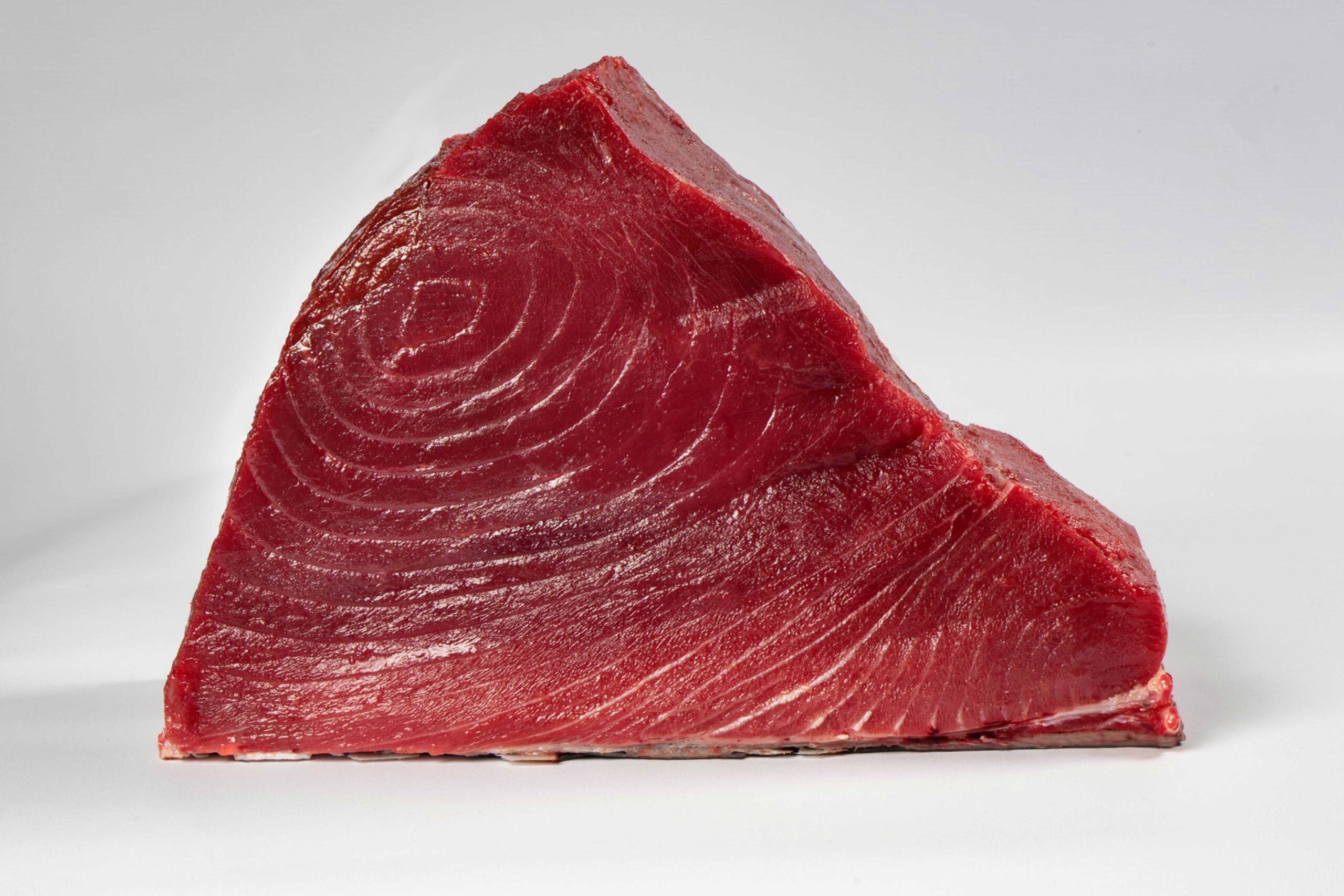
Many people present lacks by not eating enough. For this reason there is a large number of Supplements for sale to compensate. Another option may be dressing with extra virgin olive oil. The avocado and spinach they also come great.
Omega 6
Here we have the mother of the lamb. Let's keep in mind that its function in the body is very fundamental. However, this should be viewed equilibrium with the omega 3. For this we must control well the amounts we take of each one. We have many sources of animal origin such as meat, especially chicken and turkey, sausages, eggs and margarine. Another way to achieve this is by seeds and their derivatives as oils. Within these we have some such as corn sunflower and sesame.
https://www.youtube.com/watch?v=H-sUMj0bos8
The fdry routes such as walnuts, pine nuts, peanuts, almonds, hazelnuts and pistachios present large quantities as well. We should also note that there are two main classes called gamma-linolenic fatty acid (GLA) y linoic acid.
The first stands out for its anti-inflammatory properties. Among these we have to regulate blood pressure, reduce cholesterol levels and blood coagulation. On the other hand, the second has the ability to reduce cholesterol and fat.
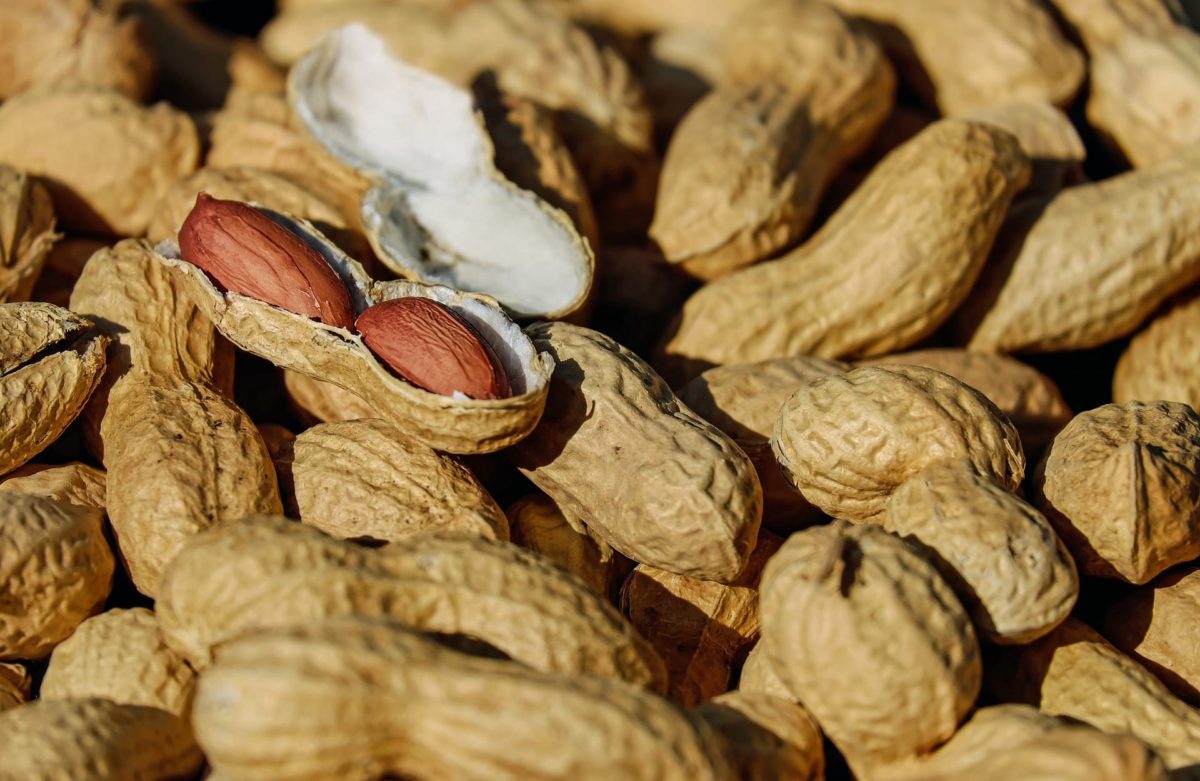
How to combine fatty acids?
The first thing we should mention is that the imbalance between these leads to health problems. Some of them are inflammation, hardening of the arteries, heart disease and autoimmune diseases. It can also be the cause of respiratory problems, hormonal imbalances and blood clotting problems. So… how should we eat them?
Well, it turns out that omega 6 fatty acids provoke an inflammatory response at the slightest warning from the immune system. This is not bad if you have also eaten an adequate amount of omega 3 acids. That is, as long as the proportion omega 3/omega 6 move between 1:2 and 1:5 everything will be fine. On the other hand, if you abuse 6, your body will enter into a continuous fight against these fatty acids.
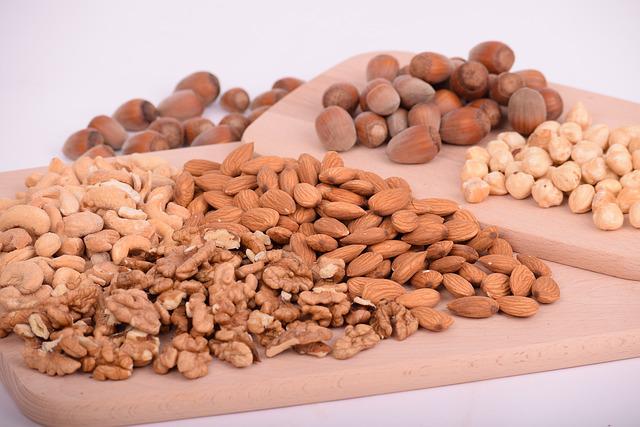
Are there other omegas beyond omega 3?
The truth is that yes, although they are not very well known. Among them we have the 5, 7 and 9. Omega 5 stands out for its antioxidant properties. You can get it from pomegranate seed. On the other hand, omega 7 has a high content of Vitamin C construction and also in Antioxidants. It is present in the fruits of sea buckthorn. Finally, the 9 is also known as oleic acid. It must at least sound familiar to you from the olive oil advertisements. You can also find it in avocado.
So, you already have enough information to eat a somewhat healthier diet. Do you think you maintain the balance between the different types of healthy fats?


